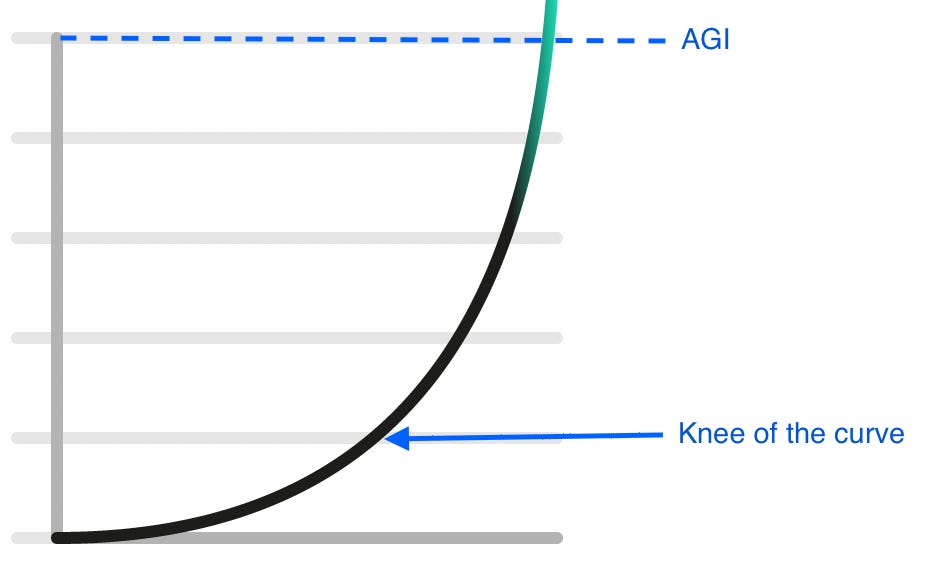I haven't seen much discussion about greentheonly's reveal of whats involved in HW4.
I think its going to be very hard for Tesla to talk up HW4 without is becoming implicit that HW3 is infgerior, and very likely not capable of full FSD, or even FSD in circumstances outside of wholemars's daily commute...
If Tesla are to admit that HW3 can't do FSD, then they will have a lot of angry HW3 owners, and a lot of very angry FSD purchasers, given then have already said there is no upgrade path.
I think there is a big blindspot among tesla bull investors regarding this issue. The sensible thing would be for Tesla to either knuckle-down and work out how to provide a HW3-HW4 FREE upgrade for people who bought FSD, or to set aside funds to compensate people who very very clearly were sold 'FSD capable' vehicles which may not be. Its also TERRIBLE for PR either way, but worse if they just stick two fingers up to HW3 owners.
I'm a long term Tesla bull who bought an autopilot 1 car, then recently a HW3 model Y with FSD. Currently, my fancy £80,000 car has no parking sensors or equivlanet functionality, cannot autopark, and has trouble knowing when to turn its wipers on and off. Tesla REALLY need to get their act together regarding living up to their promises regarding TeslaVision, its pretty much the worse thing about the company right now...
Said as a long term investor and full supporter of the company for at least 8 years now.



